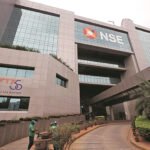The “Hindenburg Report” has become a significant term in the financial world, especially after the allegations it levied against one of India’s largest conglomerates, the Adani Group. The report, published by Hindenburg Research, a U.S.-based short-selling firm, accused the Adani Group of “brazen stock manipulation and accounting fraud scheme over the course of decades.” Moreover, This explosive revelation led to a massive downturn in Adani stocks, wiping out approximately $150 billion in market value at their lowest point.
The Genesis of the Hindenburg Report
On January 24, 2023, Hindenburg Research released its detailed report on the Adani Group, highlighting severe allegations of corporate misconduct. The firm, found by Nathan Anderson, is known for its investigative research on companies suspect of fraudulent activities. In the case of Adani, Hindenburg accused the conglomerate of manipulating stock prices and engaging in accounting malpractices, which sent shockwaves through the financial markets.
Hindenburg’s strategy involved short-selling, where they anticipated a decline in Adani’s stock value and traded accordingly. The report’s release triggered a massive sell-off, erasing billions from the market capitalization of Adani’s listed entities.
The Reaction and Denials
The Adani Group vehemently denied all allegations, calling the Hindenburg Report “baseless” and “malicious.” The conglomerate’s representatives argued that the report was a deliberate attempt to tarnish their reputation and derail their business operations. Despite these denials, the damage was done, and the Adani stocks plummeted.
SEBI’s Involvement and Show-Cause Notice
The fallout from the Hindenburg Report caught the attention of India’s Securities and Exchange Board of India (SEBI). The regulator launched an investigation into the allegations made by Hindenburg. Eventually, After 1.5 years of investigation, SEBI issued a show-cause notice to Hindenburg Research, outlining suspected violations of Indian regulations.
Hindenburg’s response to the notice was swift and scathing. The firm termed the show-cause notice as “nonsense” and an attempt to “silence and intimidate those who expose corruption and fraud perpetrated by the most powerful individuals in India.” Hindenburg shared the notice publicly, asserting that SEBI’s allegations were vague and unfounded. On the other hand, The short-seller firm criticized SEBI for not finding any factual inaccuracies in its report and instead focusing on the terminology used and the implications of their statements.
The Mechanics of the Trade
In its defense, Hindenburg disclosed the mechanics behind its short position on Adani. The firm revealed that it made $4.1 million in gross revenue through gains related to Adani shorts from an investor relationship and just $31,000 through its short position in Adani’s U.S. bonds. Moreover, Hindenburg emphasized that it had only one investor partner and barely came out above breakeven on the Adani short. Moreover, This transparency was aimed at dispelling any notions that Hindenburg had orchestrated a large-scale short-selling campaign against Adani.
A key detail that emerged from the SEBI notice was the involvement of Kotak Mahindra Bank. Hindenburg accused Kotak of creating and overseeing an offshore fund structure used by its investor partner to bet against the Adani Group. Furthermore, This revelation added a new dimension to the controversy, highlighting the complexities of international financial operations and regulatory oversight.
Legal and Jurisdictional Challenges
Hindenburg pointed out the jurisdictional overreach in SEBI’s notice, emphasizing that it is a U.S.-based research firm with no Indian entities, employees, consultants, or operations. Eventually, The firm argue that SEBI’s attempt to claim jurisdiction over it was unfound and that its investment stance was legally and transparently disclose.
The show-cause notice also failed to mention Kotak Mahindra Bank explicitly, referring to it instead by the acronym “KMIL.” Hindenburg suggested that this omission might be an attempt to protect powerful individuals from scrutiny, further questioning SEBI’s motives and effectiveness in addressing corporate fraud.
Judicial Oversight
The Hindenburg Report also led to judicial scrutiny. In February, the Supreme Court of India refused to form a Special Investigation Team (SIT) to probe the Adani Group based on Hindenburg’s allegations. Moreover, The court ruled that SEBI should continue its investigation, asserting that no concrete evidence had emerged against Gautam Adani till then.
The apex court’s decision underscored the ongoing challenges in balancing regulatory oversight with judicial intervention in complex financial matters. SEBI was given until August 14 to complete its investigation into 22 out of 24 cases related to the Adani Group.
The Broader Implications
The Hindenburg Report and the subsequent legal and regulatory fallout highlight several critical issues in global finance. First, they underscore the role of short-sellers like Hindenburg Research in uncovering potential corporate fraud. Such entities play a controversial yet crucial role in financial markets, often acting as watchdogs that challenge corporate practices and push for greater transparency.
Report from Hindenburg:
Adani Update – Our Response To India’s Securities Regulator SEBI
Second, the case illustrates the complexities of international financial regulations. The involvement of offshore fund structures and cross-border transactions complicates regulatory oversight, often leading to jurisdictional disputes and challenges in enforcing compliance.
Third, the response from SEBI and the judicial system in India reflects the broader struggle between regulatory authorities and powerful corporate entities. The Hindenburg-Adani saga reveals the potential for regulatory capture and the difficulties in ensuring accountability for large conglomerates with significant political and economic influence.
Conclusion
In conclusion, The Hindenburg Report on the Adani Group remains a pivotal moment in recent financial history. It exposed alleged corporate malpractices, led to significant market upheavals, and sparked extensive regulatory and judicial scrutiny. While the ultimate outcomes of SEBI’s investigation and the legal proceedings remain to be seen, the case has already had profound implications for corporate governance, regulatory practices, and the role of short-sellers in financial markets.
As the saga continues to unfold, it serves as a reminder of the intricate and often contentious relationship between large corporations, regulatory bodies, and the entities that seek to hold them accountable. The Hindenburg Report is more than just an allegation; it is a call for greater transparency and integrity in global business practices.












